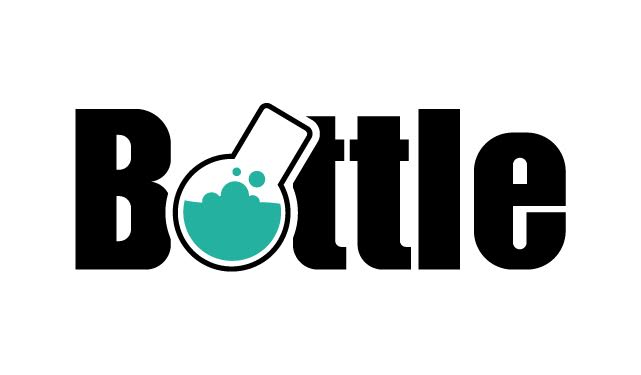How to Deploy Your Bottle Applications to the Real World
Congratulations on successfully developing your web application with the Bottle framework! The journey doesn’t end there – the next crucial step is to deploy your creation into the real world, where users can interact with it. In this blog post, we’ll walk you through the essential steps to deploy your Bottle applications in a production environment, ensuring they’re ready to handle real-world traffic and provide an exceptional user experience.
Understanding Deployment:
Deployment is the process of making your web application accessible to users over the internet. It involves configuring servers, optimizing performance, and ensuring your application is secure and reliable.
Choosing the Right Deployment Strategy:
Selecting the appropriate deployment strategy depends on factors such as the complexity of your application, your familiarity with server management, and your desired level of control over the deployment process.
- Shared Hosting: Ideal for smaller projects, shared hosting platforms like Heroku and PythonAnywhere provide straightforward deployment options with minimal configuration.
- Virtual Private Server (VPS): VPS platforms such as DigitalOcean and AWS offer more control and scalability. You’ll be responsible for setting up and maintaining your server environment.
- Containerization: Platforms like Docker allow you to package your application and its dependencies into a container, ensuring consistent deployment across different environments.
- Platform as a Service (PaaS): PaaS providers like Google App Engine and Microsoft Azure manage infrastructure for you, enabling you to focus solely on your application code.
Steps to Successfully Deploy Your Bottle Application:
- Code Optimization: Ensure your code is optimized and free of errors. Leverage Bottle’s debugging tools to catch and resolve issues.
- Deployment Platform: Choose a deployment method that aligns with your project’s needs and your experience level.
- Server Configuration: Set up your server environment, install required software, and configure web servers (e.g., Apache or Nginx) to serve your Bottle app.
- Database Integration: If your app uses a database, ensure it’s properly configured and integrated into your deployment environment.
- Security Measures: Implement security practices like HTTPS, firewalls, and intrusion detection to protect your app and users’ data.
- Scaling Strategies: Plan for scaling your app to handle increased traffic. Employ load balancers and scaling tools to maintain optimal performance during peak usage.
- Monitoring and Logging: Set up monitoring tools to track server health, response times, and error rates. Logging is crucial for identifying and addressing issues.
- Thorough Testing: Rigorously test your deployed app across various devices, browsers, and scenarios to ensure a consistent and reliable user experience.
Continuous Deployment:
Consider implementing a continuous deployment workflow, where code changes are automatically deployed to the production environment after passing automated tests. This streamlines the deployment process and ensures consistency.
In Conclusion:
Deploying your Bottle applications for production demands careful planning, configuration, and optimization. Regardless of the deployment method you choose, prioritize security, performance, and user experience. By following these steps and selecting the deployment approach that suits your project’s requirements, you can confidently introduce your Bottle app to the world, providing users with a valuable and engaging experience.

